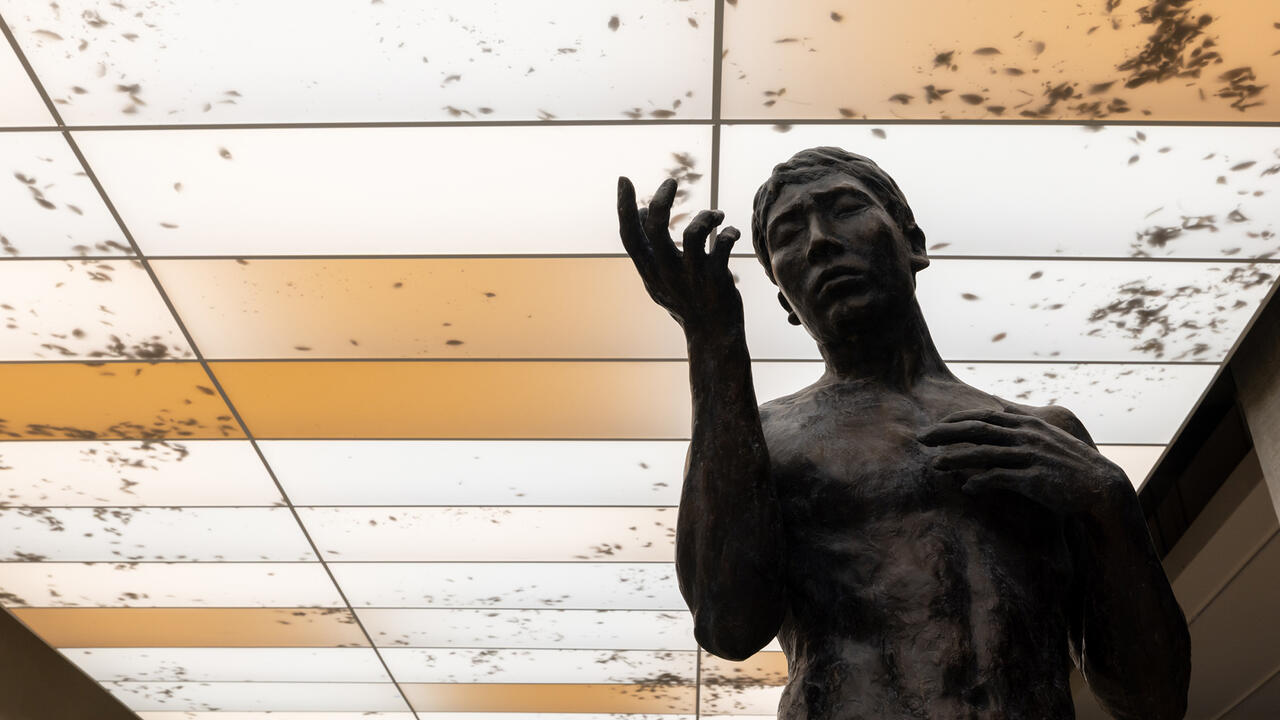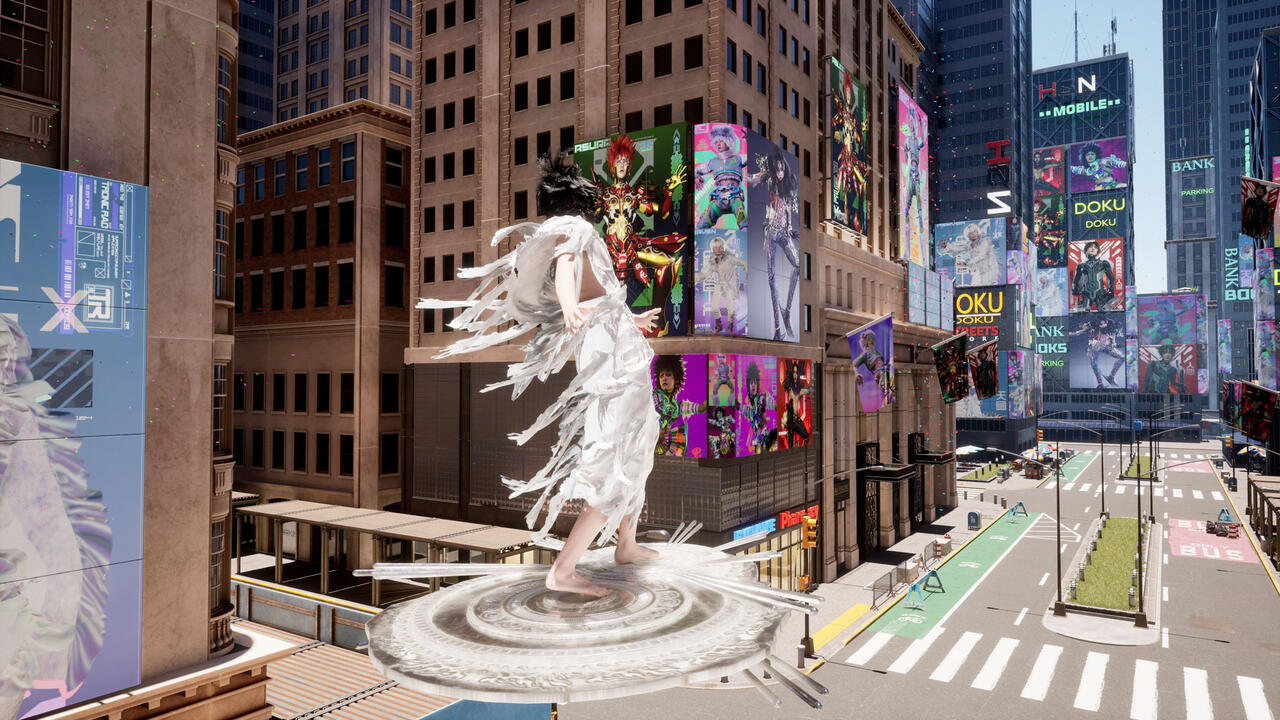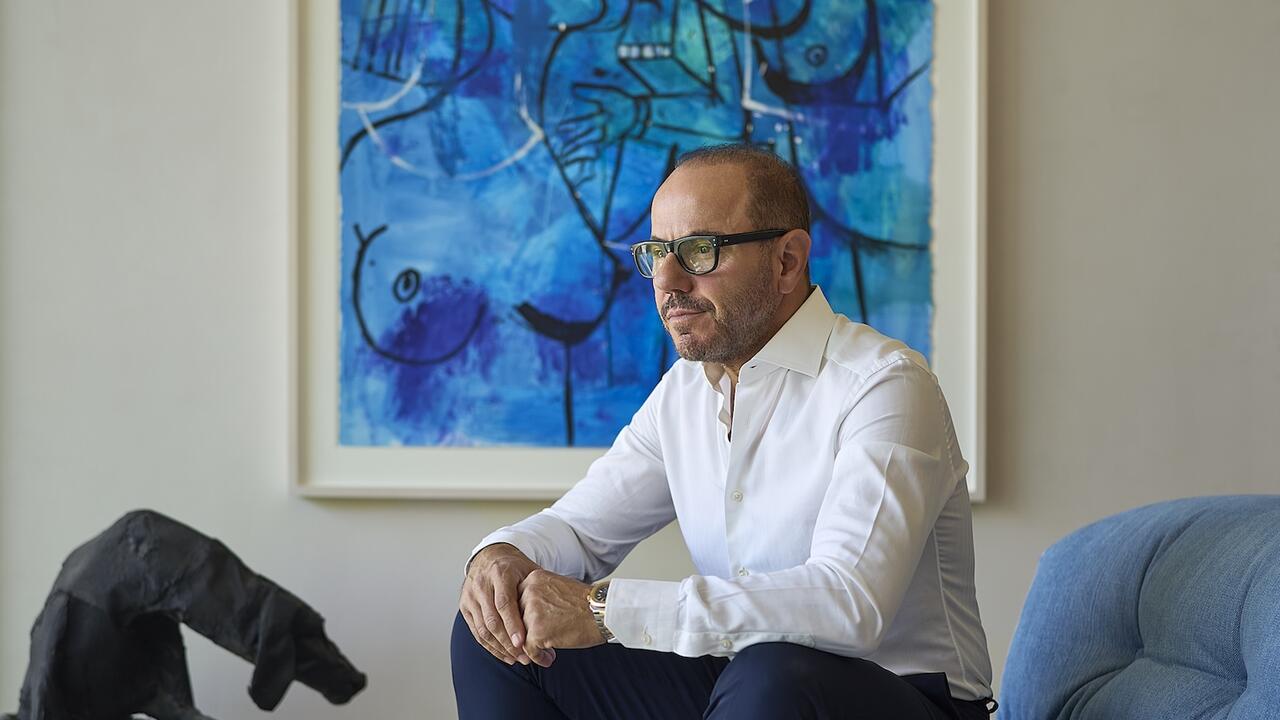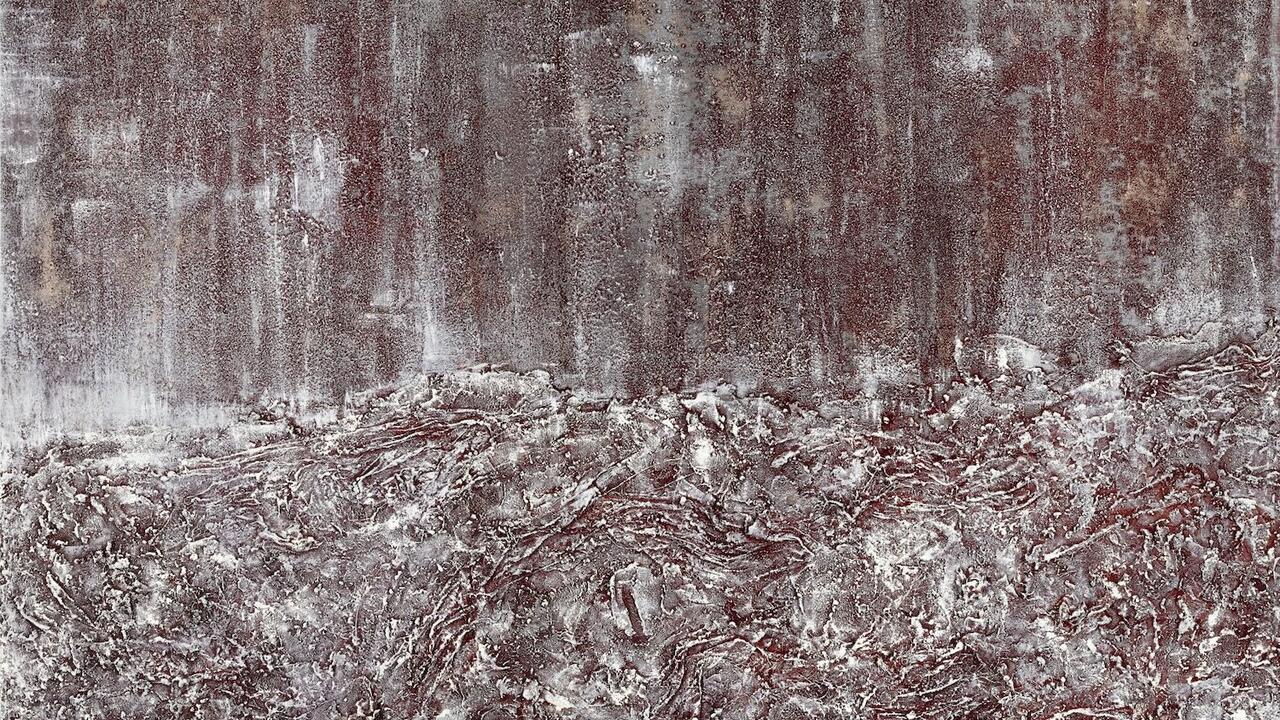A Void in São Paulo
Turmoil in the Brazilian artworld
Turmoil in the Brazilian artworld

On November 7th, the São Paulo Bienal Foundation announced the appointment of Ivo Mesquita as curator of the 28th edition of its show, less than one year before its opening in October 2008. Mesquita’s proposal has fuelled an ongoing controversy and sharply divided the Brazilian art scene.
Instead of a traditional exhibition, the 28th São Paulo Bienal – to be titled ‘Em Vivo Contato’ (‘Live Contact’) – will not contain any art objects: the 2nd floor of Oscar Niemeyer’s Bienal pavilion will be completely empty; the basement will become a place for performances and film screenings, while the top floor will be turned into library. During the 42 days of the event, Mesquita will organize a cycle of conferences focusing on how to organize biennials in the future within the historical context of São Paulo Bienal and more than 100 biennials around the world. ‘It’s quarantine: we are suspending a process in order to allow for some self-examination; from the institutional point of view, it’s a radical gesture’, says Mesquita, who is working with two co-curators: Ana Paula Cohen and Thomas Mulcaire.
This project was not the proposal Mesquita first presented to the Foundation (which originally included an exhibition), but is perhaps the only one possible since the institution is facing a major financial crises. Numerous expenses from last Bienal have yet to be paid, from the curators’ fees to transportation and production. Additionally, the exhibition catalogues have still not been printed nearly a year after the close of the 27th Bienal.
This financial fiasco is directly related to the Foundation president’s lack of credibility. Manuel Francisco Pires da Costa was reelected as president a few months ago, despite serious accusations that he has violated the Bienal’s rules and statutes: he hired relatives, borrowed money at higher interest than market rates, and published a magazine unrelated to the Bienal, Bien’Art, using Bienal funds. After negotiating an agreement with the Ministério Público (State Department), the magazine was canceled and he was reelected. This state of confusion lasted months and postponed the process of choosing a curator.
Lack of time and credibility were among the reasons why many Brazilian curators – including Paulo Herkenhoff, Adriano Pedrosa, Moacir dos Anjos, Solange Farkas, and Agnaldo Farias – refused to take part in the process. Only Ivo Mesquita and Marcio Doctors accepted the invitation to do a project together, with Doctors eventually giving up when the Foundation refused to approve the ‘exhibition with a void’ theme for 2010. ‘I don’t want to be the Bienal curator remembered as the one who didn’t organize an exhibition’, said Doctors.
Mesquita is already working at the Bienal Foundation, although his project has still to be officially approved by the Bienal board and some members are clearly unhappy with his proposal. Their argument is that the Bienal’s mandate requires an exhibition, and on the Bienal’s official website, Mesquita´s name and project are not yet included.
Meanwhile, the curatorial team of the 27th Bienal is protesting that their edition hasn’t even been completed yet. ‘Before starting on any other project, including participating at Valencia or Venice, the Bienal Foundation should finish the 27th edition. The catalogues are still not published and, as was part of the innovative original conception of chief curator Lisette Lagnado and her team, some artists’s projects were purely editorial interventions; so nobody knows their work yet’, says the Colombian co-curator Jose Roca.
Similarly, Renata Lucas, the young Brazilian artist who took part in the 27th Bienal and is participating in ‘The World as a Stage’ at the Tate Modern, says that ‘the idea to close the Bienal for a ‘check-up’ and discuss its history and operations is very interesting, but first the Foundation has to salvage its dignity by meeting its obligations: publishing the catalogues, paying the artists and assistants, and conducting a serious audit.’
While Pires da Costa has lost all credibility, Mesquita, chief curator at the Pinacoteca de São Paulo and professor at Bard College Center for Curatorial Studies, has a lot. According to Roca, ‘The selection of Ivo Mesquita as a curator for the 28th Bienal looks right. He has experience, knows the scene and has a point of view. Under the current circumstances, it is necessary to have a process of self-reflection and he is the right one to do it’.
However, the prospect of an entirely empty floor is not pleasing to many artists: ‘Like it or not, Ivo is reflecting a real situation; but the absence of art in a biennial feels like a punch in the stomach’, says the Brazilian artist Jac Leirner. Even some curators are criticizing the proposal, like Cauê Alves, who works with São Paulo Museum of Modern Art: ‘Regarding the institutional situation, Ivo´s project is very apt; however, doesn’t the Bienal already have a library and an archive open to the public? I would rather see works of art dealing with idea of a void then to find a literally empty building. Besides, debating biennial strategies is more interesting to the art world professionals than to the general public’.
Internationally, Mesquita’s project isn’t known yet; when asked about it, Paris-based collector and producer Luziah Hennessy was blunt: ‘This is going to be a joke. People are already so overbooked with art fairs and great biennials, with a new one next year in New Orleans, that this is going to sink the Brazilian art scene. It is a pity because Brazilian art is so good!’














